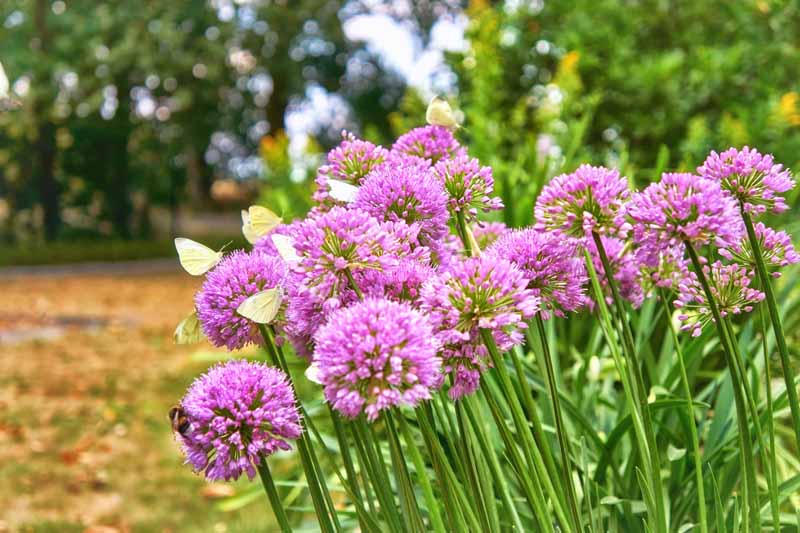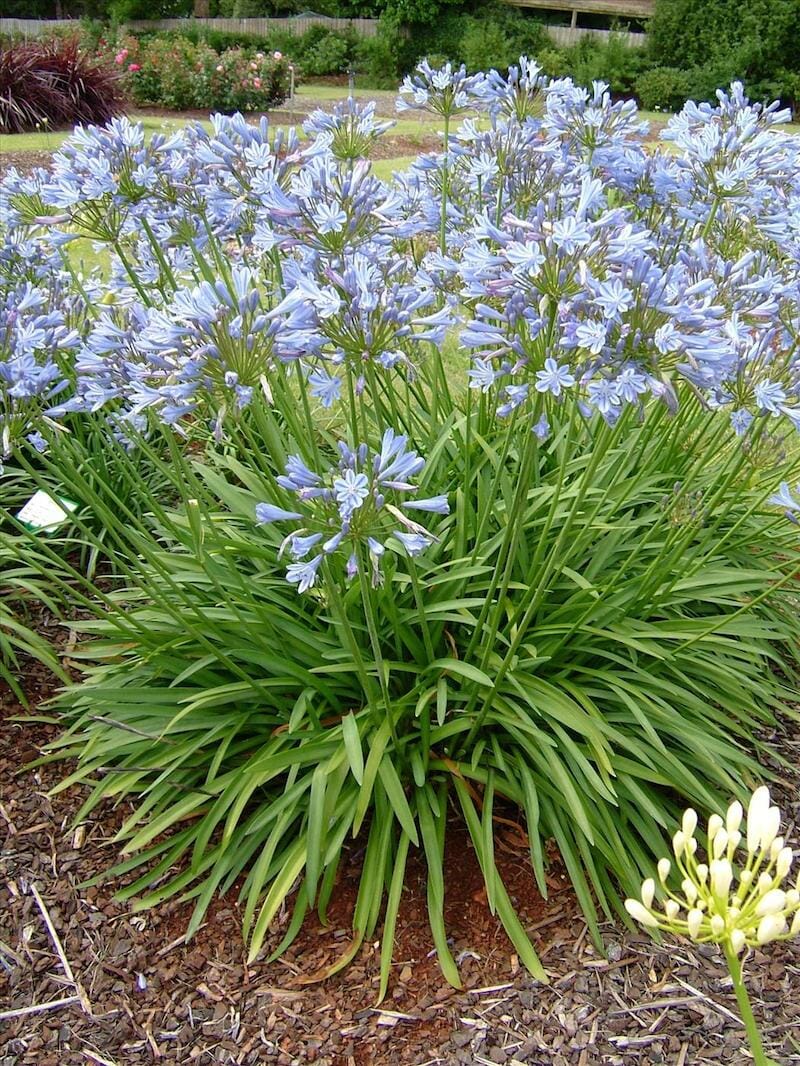Agapanthus Care Tips for Lush and Vibrant Flowers
Agapanthus Care Tips for Lush and Vibrant Flowers
Blog Article
Mastering the Art of Agapanthus Care: Essential Actions for Healthy Growth and Lively Blossoms
In the realm of cultivation, the growing of agapanthus stands as a satisfying endeavor for those who seek to nurture these classy flowering plants. From picking the right selection to understanding pruning strategies, the trip towards growing thriving agapanthus plants is diverse and holds the key to opening the complete capacity of these agricultural gems.

Selecting the Right Agapanthus Range

When selecting the ideal Agapanthus variety for your yard, think about variables such as environment viability, blossom shade, and growth behavior. Agapanthus, typically called Lily of the Nile or African lily, is available in a selection of colors ranging from tones of blue and purple to white. Choose a bloom shade that enhances your existing yard scheme to develop a harmonious landscape. In addition, think about the environment in your region to guarantee the Agapanthus range you pick can prosper in your certain problems. Some selections are a lot more tolerant of cold temperatures, while others choose warmer environments. Understanding the development habit of various Agapanthus varieties is critical for correct placement within your yard. Some selections have a clumping growth habit, suitable for borders or containers, while others have a more spreading nature, suitable for ground cover or mass growings. By very carefully evaluating these factors, you can choose the best Agapanthus selection to boost the elegance of your yard.
Perfect Planting Conditions
Taking into consideration the optimum environmental demands is necessary for effective Agapanthus farming. Agapanthus plants are sensitive to cool temperatures and must be secured from frost throughout winter months.
To ensure healthy growth and dynamic blossoms, plant Agapanthus bulbs at a depth of regarding 2-4 inches and area them 8-12 inches apart. Adding organic matter, such as garden compost, to the dirt can improve drainage and fertility, promoting durable origin development. Mulching around the base of the plants assists keep moisture and reduces weed growth. Regular watering is crucial, specifically during the growing period, to keep the dirt consistently wet however not waterlogged.
Watering and Fertilizing Tips
Keeping correct dampness levels and supplying necessary nutrients are crucial elements in the treatment regimen for Agapanthus plants. It is important to strike a balance when it comes to sprinkling Agapanthus. If overwatered, these plants choose continually wet soil yet are prone to root rot. Throughout the expanding period, water deeply as soon as a week, ensuring the soil is well-draining to stop waterlogging. In hotter environments or throughout durations of dry spell, more regular watering might be necessary to maintain the soil equally wet. Nevertheless, decrease watering in the wintertime to stop waterlogged problems.
Feeding Agapanthus is important for promoting healthy development and prolific blossoms. Use a balanced fertilizer, such as a 10-10-10 formula, in the early springtime as new development arises. By complying with these watering and feeding suggestions, you can ensure your Agapanthus plants thrive and create vibrant, resilient blossoms.
Trimming Strategies for Agapanthus
Pruning Agapanthus plants at the suitable times and with appropriate techniques is crucial for maintaining their wellness and advertising ideal growth and blooming. The excellent time to prune Agapanthus is in late winter or very early springtime prior to brand-new development arises.
Deadheading invested blossoms can also reroute the plant's power into creating even more blooms rather than setting seeds. If you desire to collect seeds for proliferation, leave some blossoms to dry and fully grown on the plant.
Keep in mind to make use of tidy, sharp tools to make accurate cuts and decrease the danger of presenting illness. Agapanthus. Regular pruning will help keep your Agapanthus looking healthy and neat while ensuring a plentiful screen of beautiful blossoms
Taking Care Of Common Pests and Illness
After ensuring appropriate pruning strategies for Agapanthus, it is necessary to address common insects and conditions that can influence the health and vigor of these plants. Agapanthus plants are normally sturdy yet can still come down with particular sites issues. One common parasite that affects Agapanthus is the Agapanthus gall midge. This small, orange fly lays its eggs in the foliage, resulting in distorted development and blossom buds that stop working to open. To battle this bug, prune and destroy any kind of affected plant parts and take into consideration making use of additional hints insecticidal soap.
One more usual concern is fungal leaf area, which provides as dark lesions on the fallen leaves. To prevent fungal diseases, guarantee good air flow around the plants, prevent overhanging watering, and eliminate any contaminated leaves promptly. In addition, Agapanthus plants can experience origin rot if they are grown in badly draining pipes soil. To stop this, plant Agapanthus in well-draining dirt and prevent overwatering. By being cautious and taking prompt action against diseases and insects, you can assist your Agapanthus plants thrive and generate dynamic blooms.

Final Thought
To conclude, mastering the art of agapanthus treatment includes selecting the right selection, supplying excellent planting problems, appropriate watering and fertilizing, appropriate pruning methods, and addressing usual pests and conditions. By adhering to these essential actions, you can guarantee healthy and balanced development and vibrant blossoms for your agapanthus plants. Remember to consistently keep an eye on and maintain your plants to promote their total health and long life.
To ensure healthy and balanced development and lively blooms, plant Agapanthus bulbs at a deepness of regarding 2-4 inches and space them 8-12 inches apart. By adhering to these watering and fertilizing suggestions, you can guarantee your Agapanthus plants flourish and generate lively, long-lasting blooms.
One usual parasite that impacts Agapanthus is the Agapanthus gall midge. Additionally, Agapanthus plants can suffer from root rot if they are planted in inadequately draining soil. By complying with these crucial steps, you can ensure healthy and balanced growth and Read Full Report vivid blooms for your agapanthus plants.
Report this page